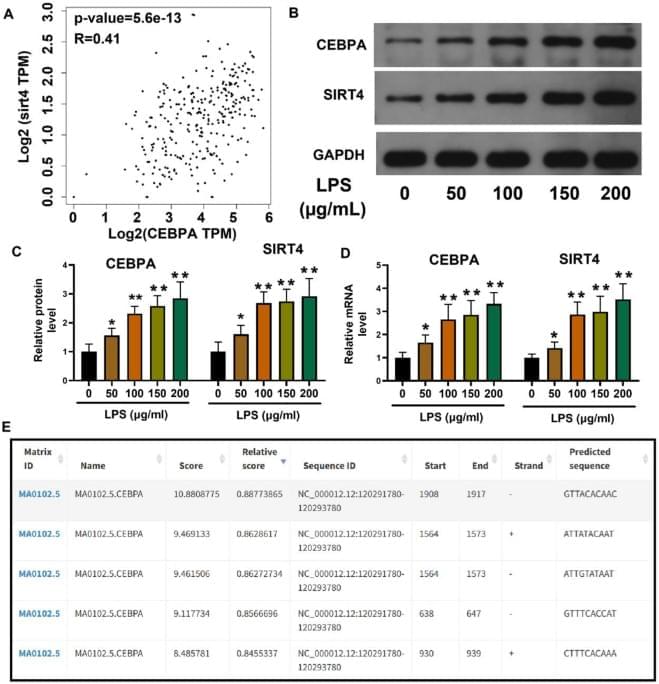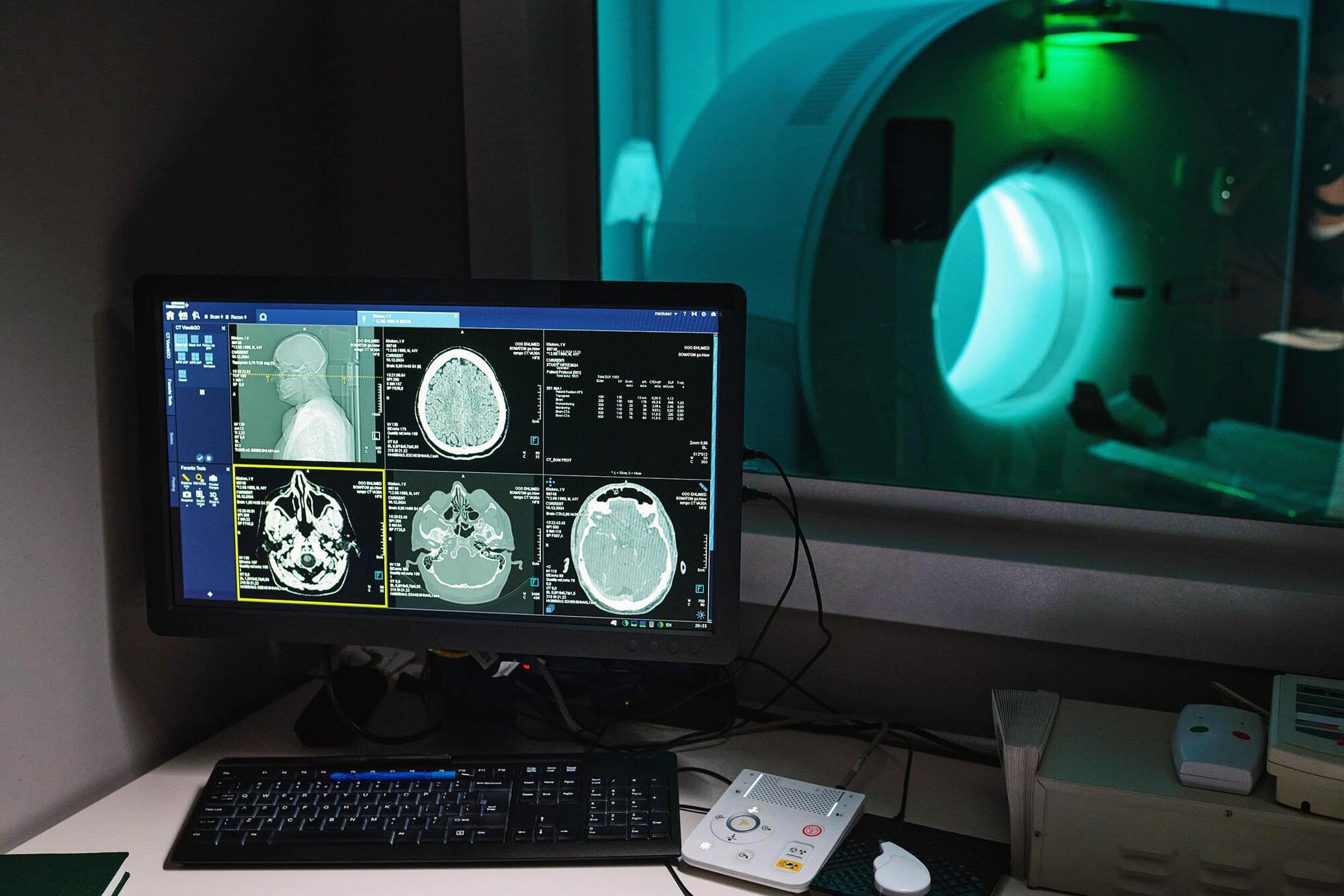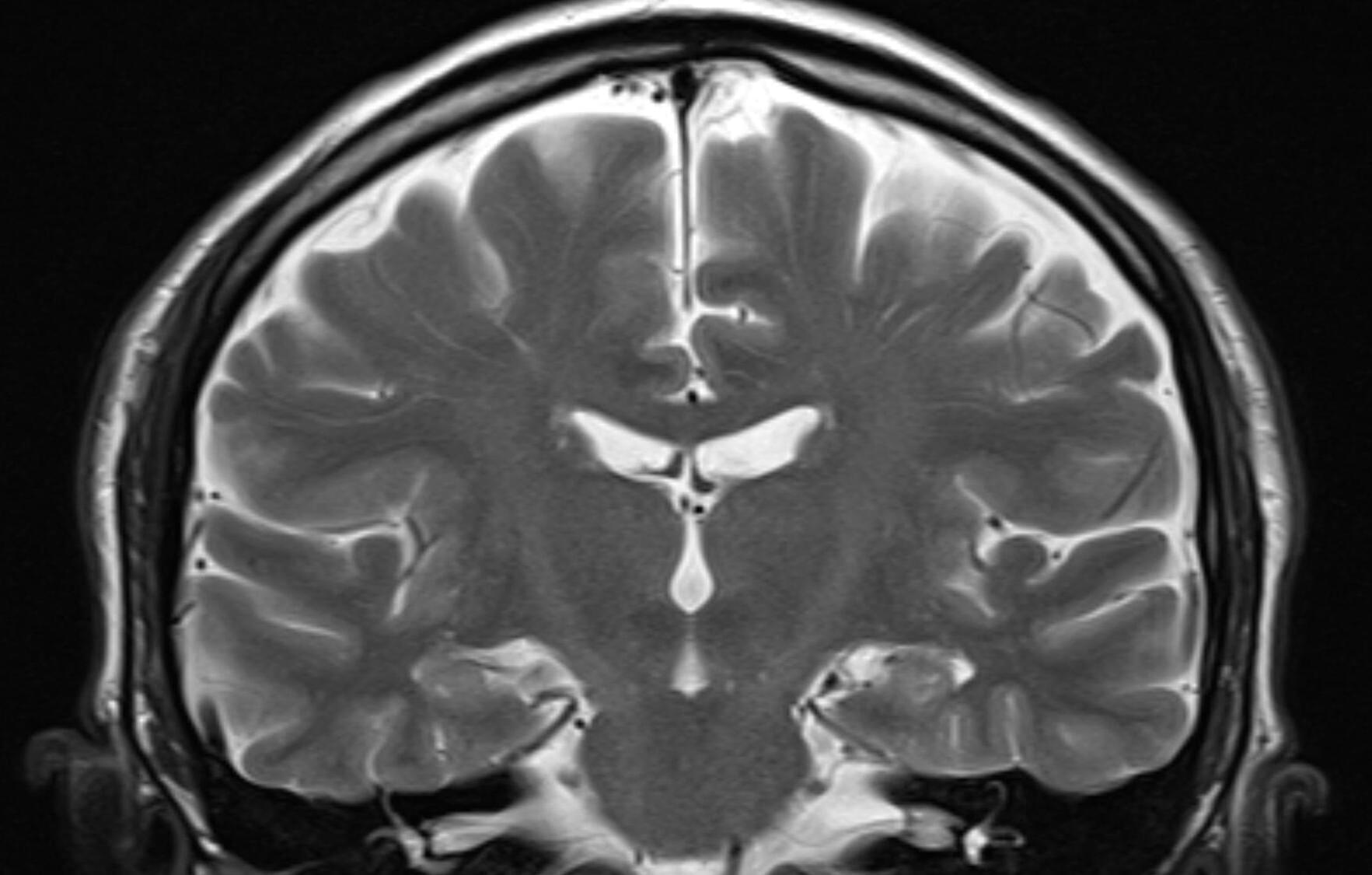An international research team has uncovered a surprising ally in the fight against insulin resistance and type 2 diabetes: a microbial metabolite called trimethylamine (TMA). Published in Nature Metabolism, the study reveals that TMA, produced by gut bacteria from dietary choline, can block a key immune pathway and improve blood sugar control.
The study was led by Professor Marc-Emmanuel Dumas at Imperial College London & CNRS together with Prof. Patrice Cani (Imperial & University of Louvain, UCLouvain), Dr. Dominique Gauguier (Imperial & INSERM, Paris) and Prof. Peter Liu (University of Ottawa Heart Institute).








